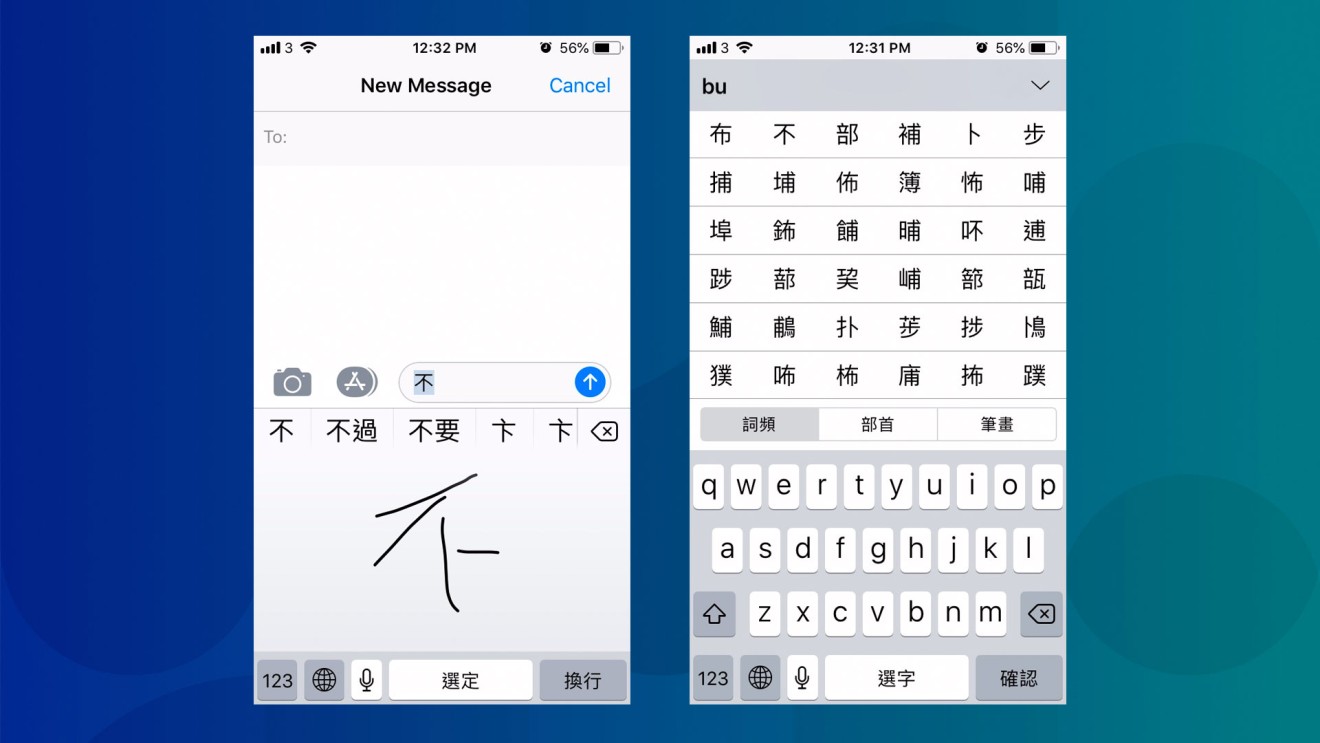
Smartphones help illiterate adults in China break internet barriers
Surfing the web when you can’t type or read
TYPING IN CHINESE ISN’T AS SIMPLE AS ENGLISH
To overcome the challenge, people in China rely on a language system known as pinyin. It was introduced by the government in the 1950s, and lets you spell out Chinese words according to their pronunciation using the Latin alphabet. When you type in pinyin on a phone, you can select the correct character from a list of similar sounding words.

But here’s the problem. Many of those in the older generation went to school before pinyin was made mandatory for students. So even if they know how to write simple Chinese characters, they can’t type in pinyin. That’s where the touchscreen comes in handy.
Nearly all phones sold in China come with software that let users draw Chinese words with their fingers. That means they don’t need to use the English keyboard at all, instead writing just like they would on paper.
WHAT IF THEY CAN’T WRITE AT ALL?
Of course, others can’t read or write at all, so drawing out characters like that won’t help. That’s where technology comes into play.
Can another messaging app survive in the land of WeChat?
SPEAKING OF VIDEO…
Why are Chinese internet users so hooked on short video apps?
For more insights into China tech, sign up for our tech newsletters, subscribe to our Inside China Tech podcast, and download the comprehensive 2019 China Internet Report. Also roam China Tech City, an award-winning interactive digital map at our sister site Abacus.
For more insights into China tech, sign up for our tech newsletters, subscribe to our Inside China Tech podcast, and download the comprehensive 2019 China Internet Report. Also roam China Tech City, an award-winning interactive digital map at our sister site Abacus.

